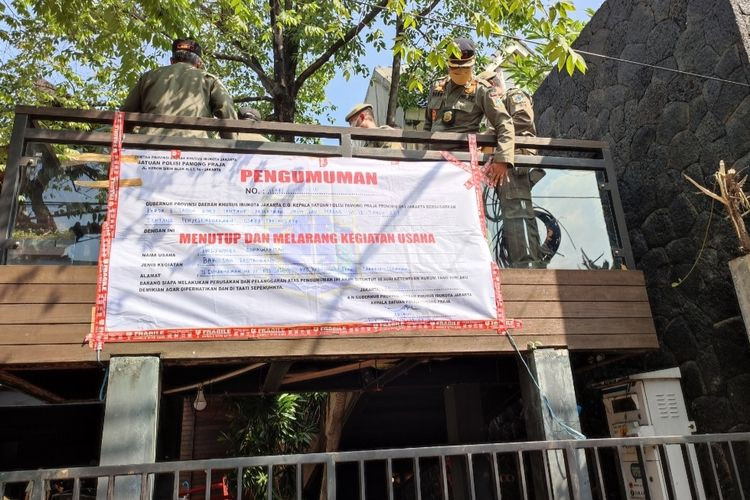One of the ironies of contemporary Indonesian politics is that their urban society, once known as resolutely liberal modernists, has faced significant drawbacks in recent years due to the increasing conservatism. Some current coverages of this worrying trend conclude in a similar stream: Indonesia has seriously struggled to calm the religion-based radical views which dominate the public sphere, particularly since the presidential election in 2014, which produced a fanatic and polarised society (see, for example, Aspinall and Mietzner, 2019).
However, we have minimal sources covering the Indonesian youth, the largest portion of population with 65 millions, and its movement on how their voices are expressed amidst the regular debates under conservatism's influence. In this sense, what happened in Jakarta throughout the week from 11 to 17 July is intriguing. A hundred teenagers came from Jakarta’s outskirts and gathered in Sudirman district street, considered one of the first-class and most prosperous areas with intimidating and gigantic buildings everywhere, to hold what they called ‘The Citayam Fashion Week Festival’. The ‘Citayam’ is part of the message, not only because this is an under-represent area in media coverage but also its usage as a mockery of Jakarta's elitism. The event surely delivers a great contrast between youth villagers and the prestigious fancy Sudirman district, which is why we should see this as ideological. One should note that the festival has no official permission, reinforcing the obscene protest, or perhaps even worse, showing political disobedience.
The event is thereby not limited to a simply performative demonstration of street fashion. Still, it directly put these marginalised youths into the stage from which they challenged the cultural mainstream. Although several factors can be noted here, the most influential factor is the political one. Two presidential races have sparked heated debates on a daily basis, promoting a cleavage view between nationalist versus conservative (which has now become so cliché and classical). The main political vocabularies relied upon this polarisation, putting aside other new and topical world issues such as youth politics. This, of course, contributed to the deterioration of Indonesian youths’ role within public discourses.
Arguing the Citayam festival as a signal to the rising of youth movement may bring this article to a premature conclusion, but to put it as a political intrusion against the conservatives’ dominance is not an exaggeration. As predicted, a number of conservative voices criticise the event as useless. Many of them threw cynical comments about teenagers’ fashion style and accused them as misguided and failed generations who should go back to religion at its purest. While numerous street fashion performers of the Citayam festival wore a hijab (which could be perceived as ‘polite and morally correct’), this is definitely not the case since the event itself promotes rebellious teenagers in general.
The criticism reveals that one youth expression does not need accurate political jargon or eloquent programs; instead, it simply needs a paradox: first and foremost is because there are indeed no political motives whatsoever. These anonymous youth crowds have unidentifiable political intentions; thereby the spontaneous movement is frightening because its birth, regular pattern, and how it ends are beyond the elite’s radar. While an ordinary political protest (for example, student protest against government regulation) is easily identified, mapped, and not a popular way anymore to attract public sympathy, the youth movement can steal people’s attention.
But, to all Indonesian populist conservatives, is the youth movement genuinely perceived as a threat?
On another face of Indonesia’s conservatism, Anies Baswedan, Jakarta’s governor and one of the figures many considered a staunch supporter of Muslim hardliners rode the waves of the popular fashion demonstration. He performed his catwalk in front of teenage crowds, along with EU Ambassador H.E. Vincent Pickett and Vice President of European Investment Bank Kris Peeters. Anies is the same person who, two weeks before, revoked twelve bar outlets because of the bar’s controversial and blasphemous advertisement. Now he brings his new brand as the youth representative.
At this precise point, we know there is a strong possibility to politicise the Indonesian youth further than now. The big question remains: what happens after this sparkling festival? What is changed after all of this festivity is gone? Are they going back to Jakarta’s outskirt, being marginalised again, and counted only as a ‘merely’ number of voters, nothing else?
Citayam festival has provided a clue that, if well managed and directed, those teenagers are more than enough to be the new solid supporters, mobilising large early voters to cast their votes for the candidates. From here, the irony begins again.
Picture from here







